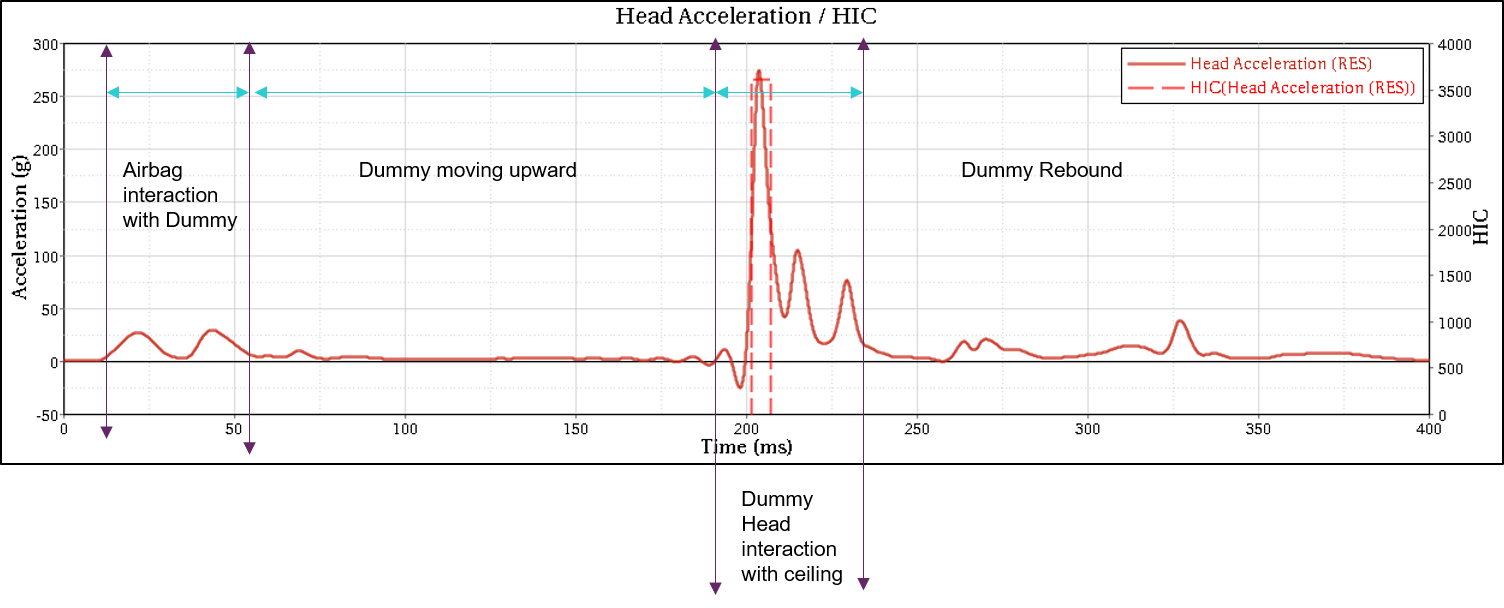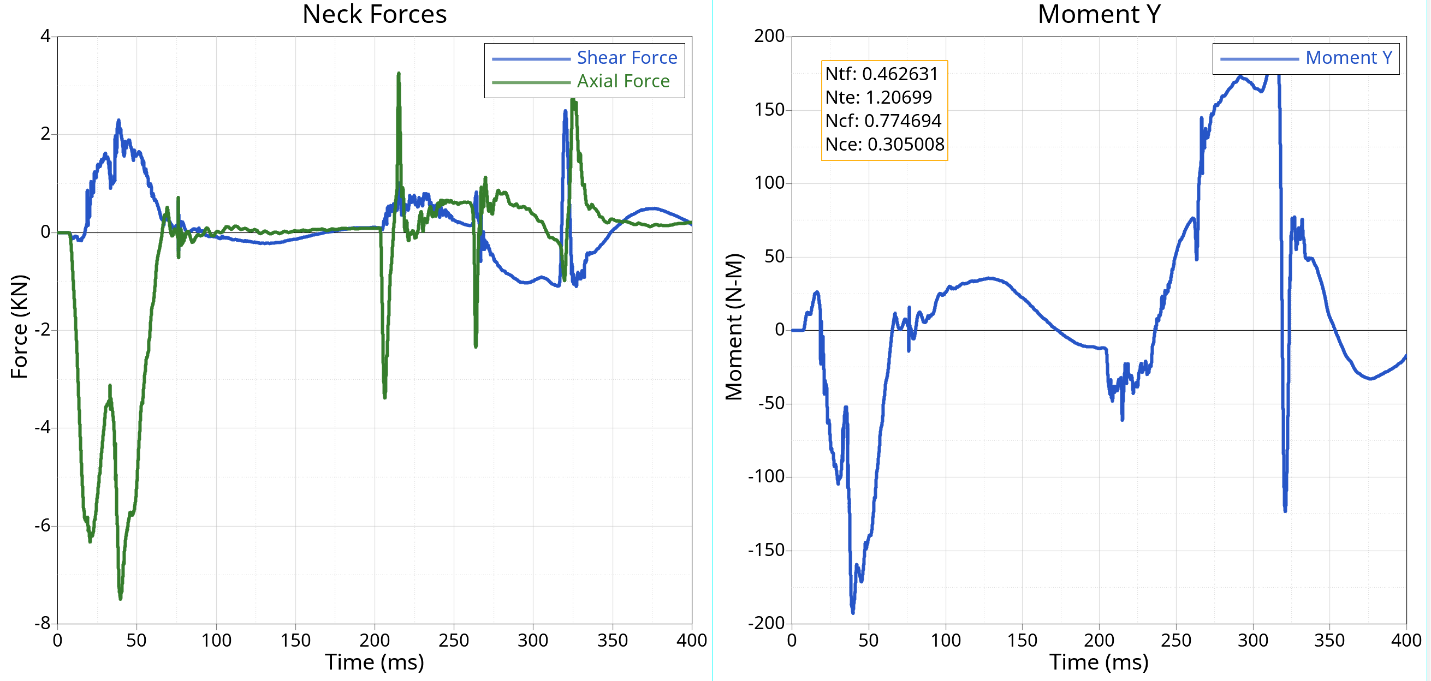Digital Debunking: Could You Launch Yourself Using a Car Airbag?
Working from home these last months has meant that I’m spending a lot more time watching TV. Like, a lot of TV. I’m officially scraping the bottom of my streaming queue and have been searching for new shows and re-watching any movies I can get my hands on.
I just came across the 2014 comedy Neighbors starring Seth Rogen and Zach Efron. One of my favorite scenes is when the fraternity next door begins subjecting Rogen’s character, Mac, to a series of escalating pranks after he calls the police
on their house party. Mac knows the frat brothers have broken into his wife’s car and stolen the airbags, but he can’t figure out why until he sits down on a booby-trapped office chair.
"Neighbors Official Clip - The AirBags! (2014) Seth Rogen HD" YouTube, uploaded by MadOfficialTV, April 18, 2014
The airbag launches Mac into the air, slamming him into the drop ceiling before crashing back down onto his cubicle desk. Somehow, he even loses his shoes as he’s tossed into the air like a rag doll.
So, let’s get this out of the way from the beginning – Don’t try this at home! At Altair however, we have access to sophisticated physics simulation software. What better way to use it than to see how high we can launch a virtual Seth Rogen? We set out to find out what would really happen if you sat directly on top of an airbag and deployed it.
A car’s driver side airbag inflates in a matter of 20-30 milliseconds, coming out at an incredible 200 miles per hour (over 320 kph). We placed the airbag on the seat of a chair where our 200-pound adult human model would sit. For this study, we used the Humanetics Hybrid II 50th Aero FE Dummy Model along with Altair RadiossTM, a solver for highly non-linear problems under dynamic loadings. An aerospace dummy was used rather than an automotive model since it allowed us to observe the axial spinal thrust caused by the initial airbag interaction and forces applied to the neck purely in the Z direction.
Virtual dummy airbag test
After running the solver, our virtual dummy was hurled into the air, violently colliding with the eight-foot ceiling above. I expected that the movie had exaggerated the catapulting character for comedic affect, but Neighbors actually captures the real-life airbag physics surprisingly well.
The only difference between film and reality might be the resultant injuries our virtual Seth Rogen might sustain. Using Radioss, we were able to model the forces acting upon the dummy’s head, neck, and spine. In Figure 1, we see the head acceleration reaching over 250 g and the head injury criterion (HIC) value reaching over 3500. In automotive crash tests, engineers typically flag head acceleration values of more than 80 g over a duration of three milliseconds. The maximum HIC value allowable in automotive crash testing is 1000, which also greatly exceeds industry safety guidance.
Figure 1: Head acceleration and head injury criterion (HIC) over time
In Figure 2, we looked at the lumbar spine forces to see whether the impact with the ceiling could put our dummy at risk of spinal injury. We also observed forces on the spine reaching nearly 8 Kilonewtons (KN). Though the peak force is only reached for a few microseconds, 8 KN is the equivalent of close to 1,800 pounds of force (over 800 kg).
Figure 2: Lumbar spine forces over time
Finally, a neck injury criteria (Nij) plot is shown in Figure 3. Nij is a formula to express injury potential combining four possible modes of neck loading - tension, compression, forward (flexion) bending, and rearward (extension) bending. For good safety ratings, engineers aim to achieve a Nij number below 0.9, but our data shows a Nij number of 1.2, a very high number which equates to elevated risk of serious, possibly even life-threatening injury.
Figure 3: Shear and axial neck forces and neck moment (torque) over time
In the end, the simulated physics of a surprise airbag-induced flight match up quite well with the movie special effects of Neighbors, but the injury risk data extracted from our crash simulation show how dangerous this experiment could be in practice. As I stated earlier, don’t try this at home bros.

Humanetics FE Dummy Models are available to Altair users through the Altair Partner Alliance. This suite of highly detailed and validated finite element crash dummy models virtually simulate the behavior of anthropomorphic test dummies
used in crash testing to evaluate human injuries. Using these dummies within a Radioss crash simulation gives
analysts the ability to fully understand a crash event, including structural crashworthiness and passenger safety, in a virtual environment.







